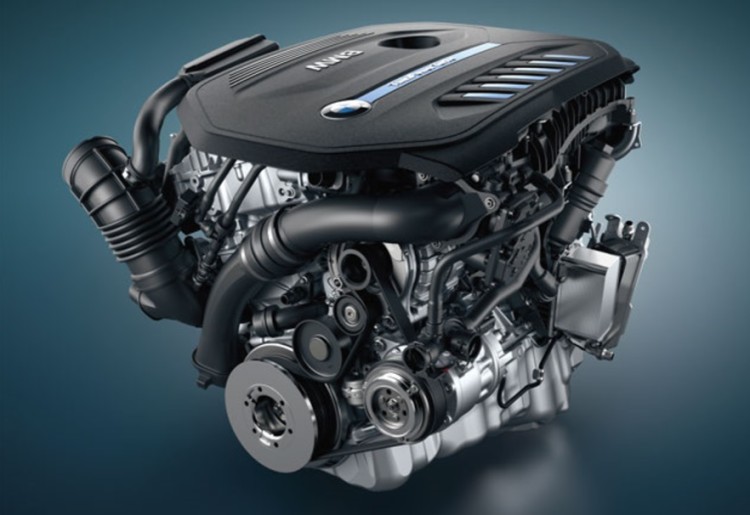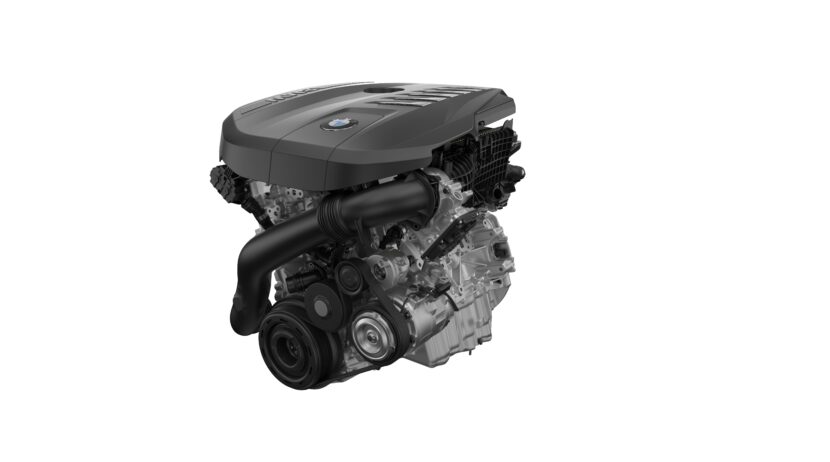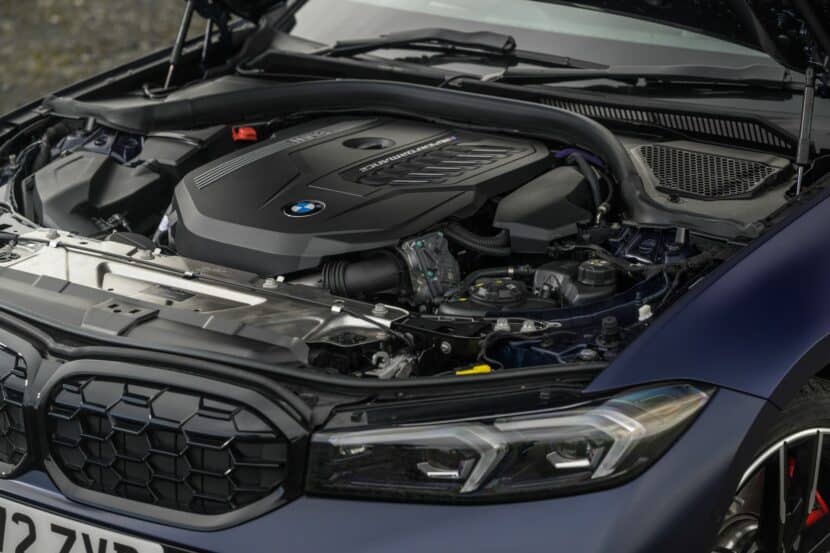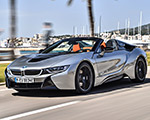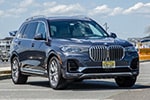Since launching in 2015, BMW’s B58 inline-six has become a true backbone for the brand—and beyond. Across 41 distinct model applications, it has powered everything from the 3 Series to the 7 Series, and even the Toyota Supra, Morgan Plus Six, and the Ineos Grenadier. In late 2025, BMW made a bold statement: it’s still evolving the B58. The M240i, M340i, and M440i will get a revamped version that boosts output to 386 hp and 540 Nm, lowers fuel consumption, and tightens 0–100 times—a reminder that even a decade in, this modern straight-six hasn’t lost its edge. In an era when most engines are specialized, short-lived, or limited to narrow segments, the B58 has become a true workhorse.
What the B58 Is
The B58 belongs to BMW’s modular engine family, sharing architecture with the four-cylinder B48 and six-cylinder diesel B57. It displaces 3.0 liters, with a single twin-scroll turbocharger feeding all six cylinders. Unlike its predecessor, the N55, the B58 was designed with a closed-deck block, making it stronger and better able to withstand higher pressures. An integrated water-to-air intercooler sits within the intake plenum, shortening airflow paths and improving efficiency.
From the outset, BMW engineered the B58 not only for efficiency and emissions compliance but also for refinement and durability. Smooth, torquey, and surprisingly economical in daily driving, it carries forward BMW’s long tradition of silky inline-sixes.
Versions and Technical Updates
Over its decade of production, the B58 has appeared in several distinct versions, each tuned for a specific role. Early models like the B58B30M0 powered the F30 340i, producing between 322 and 335 horsepower. Later came hotter versions such as the B58B30O1, which delivered as much as 382 horsepower in cars like the M340i and Z4 M40i, and up to 434 horsepower in the Toyota GR Supra A90 Final Edition.
BMW has continually refined the design through “Technical Updates,” or TU iterations. These included detail changes to improve emissions, fuel efficiency, and performance. The most recent B58TU2 now powers the latest 5 Series (G60) and 7 Series (G70), producing around 388 horsepower while meeting the strictest regulations worldwide.
This ability to evolve has kept the B58 relevant across changing generations, from the F30 and F32 era of the mid-2010s to the newest G60 5 Series and beyond.
Why the B58 Works So Well
What sets the B58 apart is balance. It produces ample low-end torque, yet revs cleanly toward the top of the dial. It’s robust enough for performance cars like the Supra, yet refined enough for luxury cruisers like the 7 Series. BMW solved many of the shortcomings of its earlier turbocharged sixes—the N54’s fragility and the N55’s limited headroom—by over-engineering the B58 from the start.
It also earned recognition outside of enthusiast circles, landing multiple times on Ward’s 10 Best Engines list (2016, 2017, 2019, 2020). For journalists and engineers alike, it became the benchmark for a modern turbo inline-six.
Beyond BMW
The B58’s reputation has carried it beyond Munich. As we already mentioned, Toyota trusted it to bring the Supra nameplate back to life, while Morgan chose it for its Plus Six, blending old-world craftsmanship with modern reliability. Ineos adopted a detuned version for the Grenadier off-roader, relying on its durability in punishing conditions. Even small-scale German outfits like Boldmen built cars around it.
That breadth is unusual. Engines rarely cross brand lines in today’s automotive world, yet the B58 has proven universal enough to win trust from carmakers with vastly different philosophies.
The Last Great Inline-Six?
As BMW prepares to roll out the all-electric Neue Klasse platform, the B58’s future role could shrink. But in the meantime, it remains the backbone of the lineup. Ten years after its debut, it continues to anchor everything from the M240i to the X7.
For enthusiasts, it may well be remembered as the last truly great BMW straight-six—a modern classic that carried the brand through a transitional decade. Much like the M30 of the 1970s or the naturally aspirated S54 of the early 2000s, the B58 has already secured its place in BMW history. And hopefully, that history will continue for decades to come since BMW has once again reaffirmed their commitment to ICE cars.



